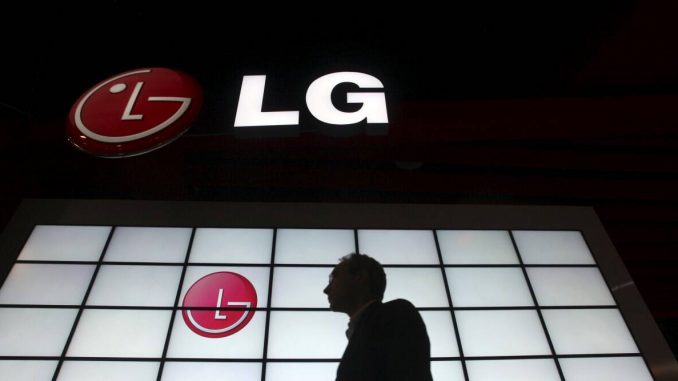
Surprisingly, its operations began with the production of dental powder. The founder of the corporation, which later became one of the largest in Korea, Koo In Hoi, worked hard to expand the scale of his company. He succeeded only in 1947. It was then that the company became very popular among Korean consumers for the hygienic detergents it produced.
The history of the Korean company LG dates back to World War II in South Korea
Basking in his achievements, Koo In Hoi came up with the name Lucky Chemical Company for his company. Before the outbreak of the US-Korea conflict, Koo In Hoi introduced plastics production into his company, which at the time was quite a lucrative line of business. By the end of the war, he had good capital that allowed him to engage in a diversified trade. This was economically profitable for the Korean economy as a whole.
In 1958, Ku In-hui decided to produce electrical goods to compete with other manufacturers. The Korean company founder’s ideas were appreciated by Korean President Park Chung-hee. They agreed that the country should not limit itself to goods from the United States, but should produce its own goods domestically. In the same year, the creation of the company, which was called GOLD STAR, was initiated.
It should be noted that, in its early years, its development was mainly due to foreign countries, which provided not only financial support but also modern technology, as South Korea had no provision in its policy to refuse foreign investment. The year after its establishment, the company launched its first product, a transistor receiver.
To a large extent, it was Ku In-hui’s proactive attitude in the 1960s that helped the company gain popularity and become a leader not only in economic indicators, but also in the level of technology used to manufacture its products. In 1963, the first hairdryer was introduced in South Korea under the GOLDSTAR brand name. In 1965, the company produced South Korea’s first refrigerator, and in 1966 the first Korean television set.
Over time, Koo In Hoi got consumers used to the Korean-made products on the market. However, he did not want to rest on his laurels and already in 1967 he decided to venture into the oil business, which was a new field he had never worked in before.
In close cooperation with Caltex GOLDSTAR, a refinery was built. The work in this field enabled the company to make large profits, but nevertheless remained a secondary objective for Koo In Hoi. It must be said that this was the last thing he achieved in his life, the founder of the Korean company died in 1969.
The management of the company was taken over by Ku Cha Kyung, Ku In-hui’s son. He maintained continuity and continued the policies that his father had followed in the management of the company. At the same time, he worked in the field of electrical engineering and achieved good results in the oil industry. In 1969, a lift, a washing machine and an air conditioner that were new to South Korea were launched. However, it was not enough to ensure the rapid development of technological progress. In 1976, thanks to the efforts of Ku Cha Kyung, a research centre was established which enabled GOLD STAR to manufacture its own microchips. In 1982, the company produced a microcomputer and a video camera, which were the first produced by a Korean company.
Gradually, GOLD STAR approached the moment of its worldwide recognition. From 1978 to 1990, the Korean company expanded rapidly. Branches began to appear in countries such as the United States and Great Britain, and later in Thailand, the Philippines and Egypt. In 1995, Koo Cha Kyung made an important decision to combine all the brands previously owned by the company, i.e. Lucky, Goldstar, Lucky-Goldstar, Lucky-Goldstar into one and called it LG. The name change was due to the fact that the old GOLD STAR did not fit the company’s strategy to promote its products in the global market. Along with the name change, the Korean company deprived the US of its last specialist TV set manufacturer by acquiring a 57% stake in Zenith.
In 2001, the company launched products such as a microwave oven and an air conditioner, both equipped with Internet connectivity. In the same year, the company was the first in the country to export plasma screens and became the world leader in sales of wireless communication devices. LG is currently South Korea’s third largest manufacturer, with a wide range of products. The company operates in the electronics and chemical industries. It has a network of research, marketing, sales and service organisations. In addition, LG has subsidiaries in Asia, the United States and Great Britain.
Conclution
To date, the list of products manufactured by LG Corporation is quite large. It is not only TV sets, refrigerators, VCRs, but also monitors, computers and other appliances, without which it is difficult to imagine modern life. The company has 72 divisions and about 56,000 employees, 25,000 of whom work outside Korea.
You may also like:
